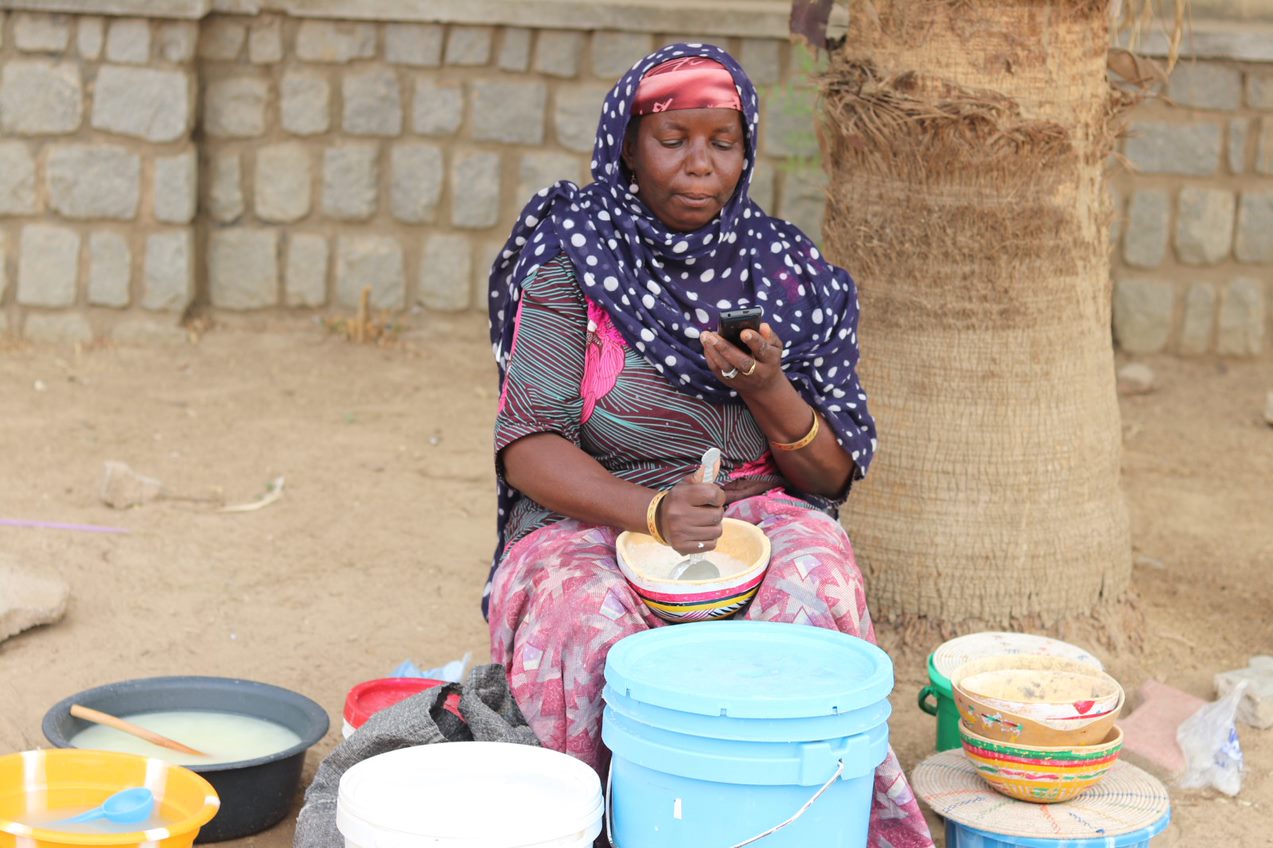Let us know what type of content you'd like to see more of. Fill out our three question survey.
WomenConnect Challenge Blog Series: Introducing Strategies for Closing the Gender Digital Divide
Feb 9, 2022
“All technology has potential when modeled in the vacuum of our whiteboards and proposals,” remarks Revi Sterling, Director of the U.S. Agency for International Development (USAID)’s WomenConnect Challenge (WCC). Shrewdly cutting to the chase, Sterling adds: “[But] rural smallholder farmer women do not live in vacuums.” In other words: for digital technologies to be part of any development solution, practitioners must first address the myriad of real-life barriers and inequities surrounding technology use.
In her recent blog on the low uptake of digital agriculture applications by women, Sterling explains how digital development programming often fails to grapple with the inherent gender biases imbued in many software platforms and services. Many digital interventions also fail to investigate the unique social and cultural circumstances that may bar women from participation in the digital sphere. Social norms surrounding intersectional identities such as class, disability, caste, indigenous identity, gender identity, sexual orientation, language minority, and other factors can further intensify these barriers to technology access and use. These oversights in program or software design often unintentionally exacerbate poverty and inequality, deepening the gender digital divide and undermining the development effort’s good intentions.
While most of the world is becoming increasingly connected, the distribution is unequal, and the gender gap in mobile and internet use in some countries is more than 51 percent. Women facing intersectional discrimination have an even lower likelihood of access to the internet and other information and communications technologies (ICT). GSMA found that having a disability doubles or even triples the gender gap in mobile ownership. New research also shows that ethnic and religious minorities who lack political power are also more likely to lack internet access.
A global problem growing in severity every day, the gender digital divide further entrenches inequality and all forms of oppression, as social and economic engagement on digital platforms have become pivotal components of everyday life and work, especially in the COVID-19 era. In many cases, a woman’s economic empowerment hinges on her ability to access and understand the digital marketplace. Furthermore, the internet provides invaluable information for families and communities about health resources, educational opportunities, current events, and civic engagement.

WCC Grantee Equal Access International works to combat negative norms and promote social and religious justifications for women’s use of the internet in northern Nigeria. Photo: Equal Access International.
USAID’s WomenConnect Challenge is a global call for solutions to improve women’s participation in everyday life by meaningfully changing the ways women access and use technology. In 2018, USAID launched the Challenge by awarding nine grants, focusing specifically on efforts to address the social and cultural norms that keep women offline and under-empowered. In its evaluation of potential awardees, WCC emphasized the need for local solutions when it comes to bridging the gender digital divide and expressed interest in scalable interventions that could be replicated in other communities.
In close partnership with local awardee teams and community members and after thorough evaluation of grantee activities, successes, and challenges, WCC identified five proven strategies for closing the gender digital divide and increasing women’s empowerment. The projects emphasized the need to:
- change social norms and challenge harmful cultural perceptions,
- generate economic opportunities,
- cultivate women’s confidence,
- design creative, women-centric technologies, and
- develop community support.
The WCC team has learned that incorporating one or more of these strategies into project programming design and implementation can improve a project’s long-term sustainability, encourage self-efficacy and local ownership, and create ripple effects economically and socially throughout a community and beyond.
This blog series will explore each strategy in turn, detailing the experiences and observations of the grantees and beneficiaries and scrutinizing what worked—and what didn’t—in the various approaches. Disseminating, analyzing, and adopting these strategies are important steps to overcoming barriers to technology access and uplifting women everywhere.
“Digital development can scale and sustain information services in unprecedented ways,” said Sterling. “The combination of women and tech could be a major force-multiplier effect in development. We keep missing that opportunity, however, by creating and deploying tech that further marginalizes the very population we need to be flooding with support and effective programming.”
The field of digital development is in want of a reckoning, a reflective pause in which we can better understand what biases and assumptions our technological interventions hold. As one WCC beneficiary in Peru reflected, “I realize that even in the simplest activities there is gender discrimination… And it is something that must change starting with oneself, since [that] is the only way to change other people.”
Discussing what must be changed in digital development moving forward is also a discussion of what must change in us first.
The WomenConnect Challenge is implemented by DAI’s Digital Frontiers project, a buy-in mechanism that works closely with USAID Missions and Bureaus, the private sector, and international and local development organizations to identify successful and sustainable digital development approaches and scale their impact globally.